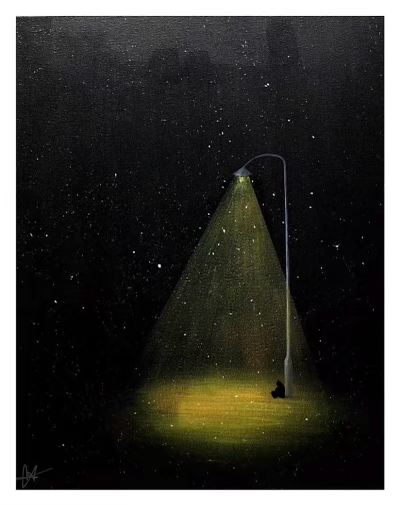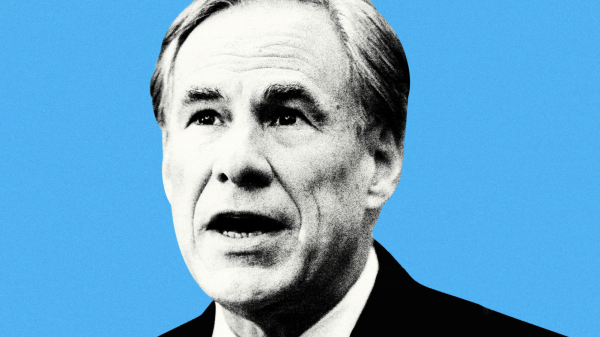Bank Crash? Incoming Industry Failure?
April 27, 2023
The largest bank collapse since the 2008 financial crisis occurred just this Friday. Silicon Valley Bank, one that houses the money deposited by some of the biggest tech startups and other companies such as Etsy and Roblox, closed down suddenly, to the uttering shock of many. Meanwhile, tens of billions of dollars were attempted to be withdrawn from this bank from desperate depositors as a result of these colossal losses, leaving the Federal Deposit Insurance Corporation (FDIC) in charge of the next steps for the first time in two years. [3]
Cut to the peak of the infamous pandemic of Covid-19, SVB began thriving because the tech sector was indeed at its peak, evidenced by the increase in the use of new technologies to communicate, or merely survive in isolation. There was a sharp increase in investors which meant an increase in funds (deposits) for the bank. This meant that more of the reserves from the bank could be used to purchase moderate government bonds(SVB loaned money to the US government in exchange for a moderate amount of additional money in the form of interest after a set number of years). The seemingly safety-netted plan yielded high hope for the bank’s profits and future… Until interest rates skyrocketed in recent times. When these interest rates rise so high so fast, the bonds become worth less, leaving companies like SVB with massive losses. SVB in particular, experienced extremely high losses because they withdrew from the bonds before the loan’s set time was up. Immature bond withdrawals result in even heavier losses.
In the past few months, tech companies haven’t been doing so hot, so naturally, they withdraw deposits. Banks aren’t required to hold all their funds in the bank at a time, so there wasn’t enough money sitting in bank vaults to hand out money back to the depositors. To gain this extra cash, SVB sold the bonds early at a loss of $1.8 billion. [1] On Thursday, there were attempts to withdraw around 42 billion dollars, share value dropped by more than 60%, and by the next day, FDIC had taken over SVB. [1]
Although other banks do not have SVB’s tech-heavy client reliance, particular ones have not been able to avoid the effects.Wells Fargo and Bank of America were both down more than 15%. [1]
After Black Tuesday’s bank failures, the FDIC stated that if a bank where to fail, the investor would be ensured $250,000. Knowing that the investors in SVB invested much more than the FDIC’s $250,000 limit on paying back deposits as per the Act requires, the US government made the decision to pay back each depositor in full. However, shareholders and some debt holders will not be protected in this way. Thankfully, the depositors got their money back on Monday. [3]
To conclude and protect the industry from potentially crashing in the future, the Federal Reserve gave more funding to other banks around the world. “The banking system is safe. Your deposits will be there when you need them.” President Biden assures.
Another solution could be gaining funds through the Bank Term Funding Program (BTFP), which offers loans up to one year in length that serve as a liquid source of funds so that institutions do not feel the need to quickly sell their securities in precarious situations [4]
[1] https://www.npr.org/2023/03/14/1163135286/silicon-valley-bank-collapse-fallout-whats-next
[2]https://apnews.com/article/stocks-shares-markets-economy-suisse-svb-0f6ea2a6575227156c7fb3cf36f2a795
[3]https://www.bankrate.com/banking/bank-failures-latest-updates-silicon-valley-signature-bank/
[4]https://www.federalreserve.gov/newsevents/pressreleases/monetary20230312a.htm






Sumi • May 25, 2023 at 12:36 pm
Hey Annika! This was such a great article and so informative.
Sincerely,
Sumi 🙂